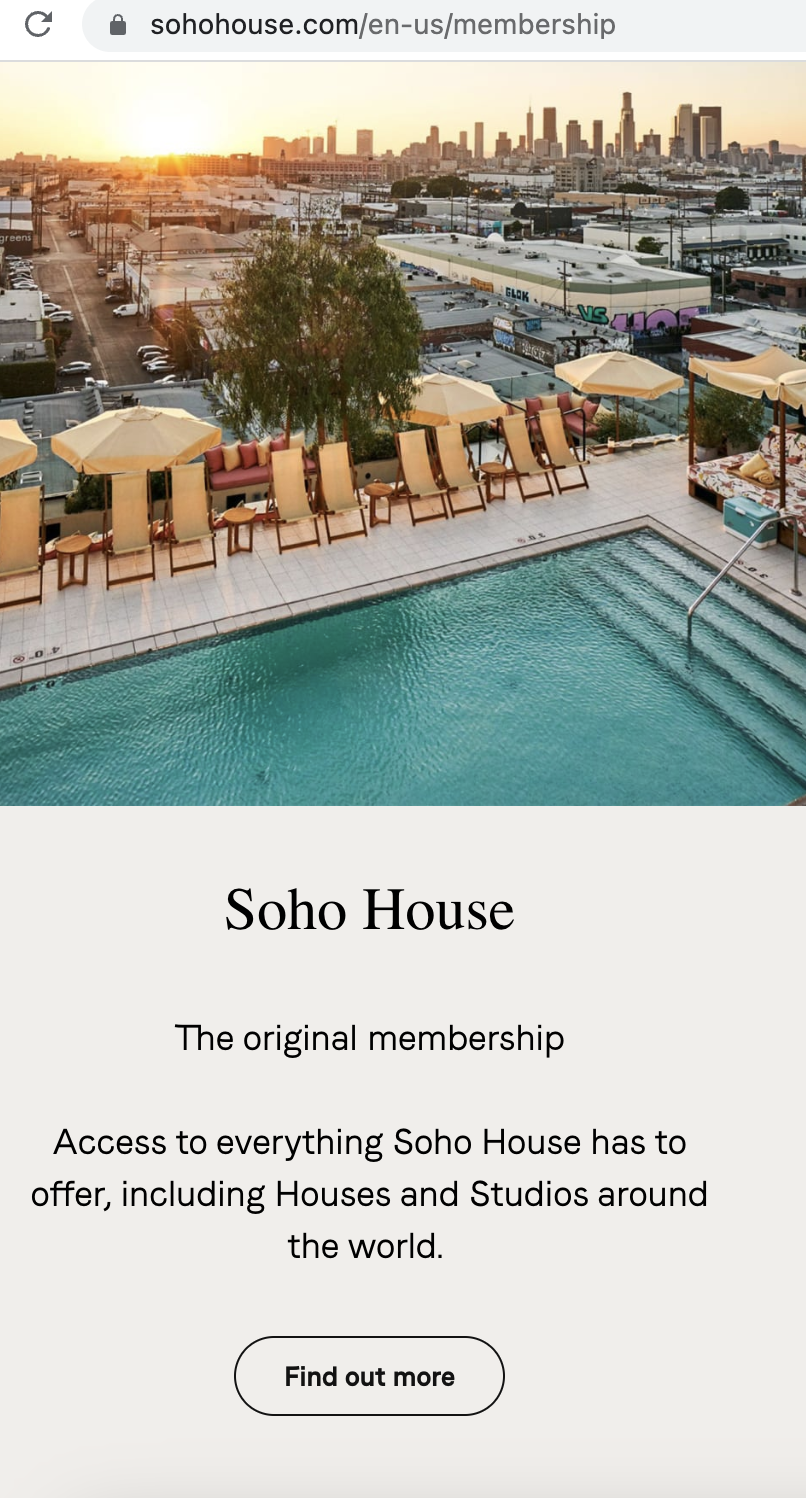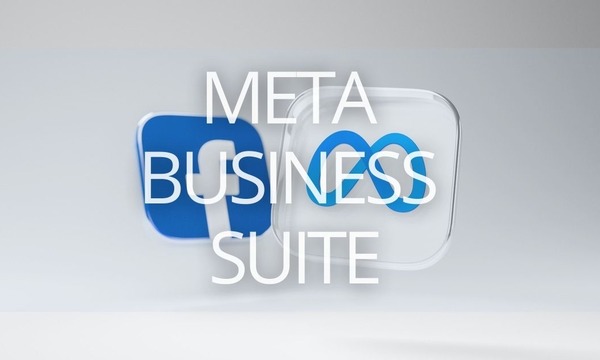A potential customer might be on your website up until conversion. It does not matter how well-designed your website is if visitors don’t take any actions resulting in a purchase ; it would mean you’ve spent all that valuable time designing for nothing. Call-to-action phrases are used to persuade clients to take that last step and become a lead. Therefore, it may be worth spending some time rephrasing your CTAs.
Yes, poor conversion data does not always come from poorly-written calls to action; however, it is often the case!
We suggest you test out new call-to-action phrases and see the data for yourself. We believe that using the correct CTAs can make a real difference to your purchase rate.
In this article, we will look at what makes a good call-to-action phrase and why some of the cliches work so well.
What is a call to action?
A call to action is a form of persuasion. It’s a phrase that drives a user to take a specific action. That action can be to learn more about, subscribe to, make a purchase, or add a product or a service to the cart, depending on what you want the customer to do at a particular place online and at a specific moment of their marketing journey.
What is a good call to action?
We will dig deeper into this question further in the article. However, to start things off, let’s identify what a bad call to action looks like. Here’s an example: ‘click here.’ You wouldn’t necessarily click there, would you? Unless you are an adventurous person who loves surprises and does not care about online safety.
The ‘click here’ call-to-action phrase is terrible for two reasons: no explanation of what you will get from clicking or why you should do it.
A good call to action phrase should always motivate. Give your customers a reason to click. Your call to action must also explain where it will take your customers. Will they learn or get something from clicking? This rule is fundamental to remember. Many advertisers think it is unnecessary as the advertisement already gives that sort of information. However, even if that is true, you must remember that customers may not want to read everything on a pop-up ad or somewhere else. But they will notice a call-to-action button, and their eyes will immediately go there. It is in your best interest to give enough information for the customer to keep reading or clicking.
Keep in mind when writing a call to action:
Aim to evoke emotions
As we’ve already discussed, an excellent call-to-action phrase is informative. It clearly shows the reader where it will take them and motivates them to take that action. Often it helps advertisers to evoke certain emotions in their customers.
Remember that emotion drives action. Here are some handy words and phrases that help to create different feelings:
- Urgency: now, don’t miss out, ends soon, hurry, claim;
- Scarcity: limited edition, exclusive, online-only, only at our store;
- Safety: try, choose, view, secure;
- Happiness: treat yourself, enjoy, celebrate;
- Curiosity: be the first, explore, unlock.
Examples of CTAs that best represent emotion evoking
Urgency: Reserve your spot now!
Do the action – reserve your spot – before it’s too late and you’ve missed your chance is how you should read the CTA above. Urgency is a powerful way to convince people they want whatever you’re offering, and they should get it as soon as possible (aka now).
Scarcity: Unlock limited access sale
The success of secret societies, members-only clubs, and Soho Houses lies in their exclusiveness. Everyone wants to be a part of something unreachable, unique, and unattainable by others.
Even if you are not selling tickets to private concerts, you may use the psychology of scarcity in your advertisement. Make your customers feel like they are a part of something exclusive and are lucky to be chosen.
 Example of urgency in CTA (email marketing)
Example of urgency in CTA (email marketing)
Safety: Find out more
‘Find out more’ is an improved version of ‘learn more.’ ‘Learn more’ tends to remind people too much of school, which is also a cliche. People often ignore those too-familiar phrases and skip them instead.
‘Find out more’ signals safety in each word. You are not asking your customer to buy, subscribe or attend yet; you are solely asking for a chance to tell them more, which is why this CTA works so well.
 ‘Find out more’ CTA example from Soho House website
‘Find out more’ CTA example from Soho House website
Safety: Join free for one month
‘Join free for one month’ is a similar example of a safe exchange. You are offering your customer to try it and see if they like it. The good thing is that this CTA gives out enough information for the customer to make that decision: it is free, and it is valid for one month.
Happiness: Treat yourself today
There are millions of ways to convince your client that your product or service will make them happier. Emotion-focused CTAs come in handy here as well.
‘Treat yourself today’ is an invitation and an encouragement for your customer to purchase what you’re offering.
Curiosity: Start your journey toward X
Let your customer imagine their success, beauty, happiness, or whatever emotions you are selling. Yet make them wonder what it would look like and how they could get there. Make them curious.
‘Start your journey toward something’ works best if you want to give your customers a chance to envision the final result. It can be a ‘start your journey toward your summer body’ or a ‘start your journey toward your dream honeymoon.’ You name it.
If you can excite your readers and make them anticipate whatever lies on the other side of your CTA, you’re doing some good marketing.
Use definitive CTA phrases
Definitive calls to action work better than others because people are used to following orders. When a customer reads ‘Subscribe now!’ they are more likely to obey than when they are given a choice, ‘Why don’t you subscribe?’ Therefore, telling the reader what to do in your call-to-action phrases is best. Think of it as giving expert advice.
Great examples of definitive CTAs
1. Activate X today!
Maybe you’re offering a discount on products or free shipping. The word ‘activate’ sounds impressive and initially draws attention and desire to act.
2. Add to Cart
While we often want our call-to-action phrases to be unique, sometimes it’s best not to reinvent the wheel. Using stronger verbs in this situation does not guarantee better sales. Adding something to the cart should be as intuitive as possible. Huge websites like Amazon use the CTA ‘Add to basket’ on their sales pages, which means it works better than any other.
Make your call-to-action phrases personal
We know that definitive CTAs work best, and there is no need to use verbs in other forms. However, there are situations where you want to be more personal than ‘book a table.’ If you think it is appropriate and wish to create an emotional bond with your customers, use the words ‘my’ and ‘you’ in your call-to-action phrases.
Examples of good usage of the word ‘my’
1. Claim my exclusive offer
‘Claim my exclusive offer’ is personalized and signals customers that they are only one step away from something that could become theirs. The word ‘exclusive’ creates a sense of exclusivity, the feeling that the offer has been personally picked for that particular customer.
2. Get my discount
A simple but effective example, adding ‘my’ here makes the result feel more personal.
3. Download my ebook
‘Download my ebook’ clearly shows what will happen. This text is personalized and works perfectly with books, PDFs, tickets, and other objects that can feel very personal.
Examples of good usage of the word ‘you’
1. Choose the perfect look for you
Phrases like ‘Choose the perfect look for you’ work well when inviting customers to explore your website. It feels personal and friendly. Instead of using commitment-heavy words like ‘buy’ or ‘purchase,’ phrasing it as a choice makes the decision feel easier.
2. Get your free X
Somebody visits your website, and you are offering them something for free. It should be something that would make them purchase from you later, but it must be of value on its own. It can be a cheat sheet, a checklist, a toolkit, templates, or testers of your products. These are called lead magnets. They’re designed to convince people to join your email list in exchange for something they want.
Free can also work to your advantage. Consumers appreciate the generosity and might reciprocate by buying products.
3. Start your free trial
A simple CTA that is nicely personalized and has enough urgency to encourage actions.
 ‘Start your free trial’ CTA example from Lyons Den Digital website
‘Start your free trial’ CTA example from Lyons Den Digital website
Final thoughts
A call to action is a form of persuasion. Often it comes to the CTAs whether a customer purchases from you or not. Some call-to-action phrases work better than others. In this article, we’ve looked at CTAs and found that emotional and personal work best, but you should always use the imperative.




